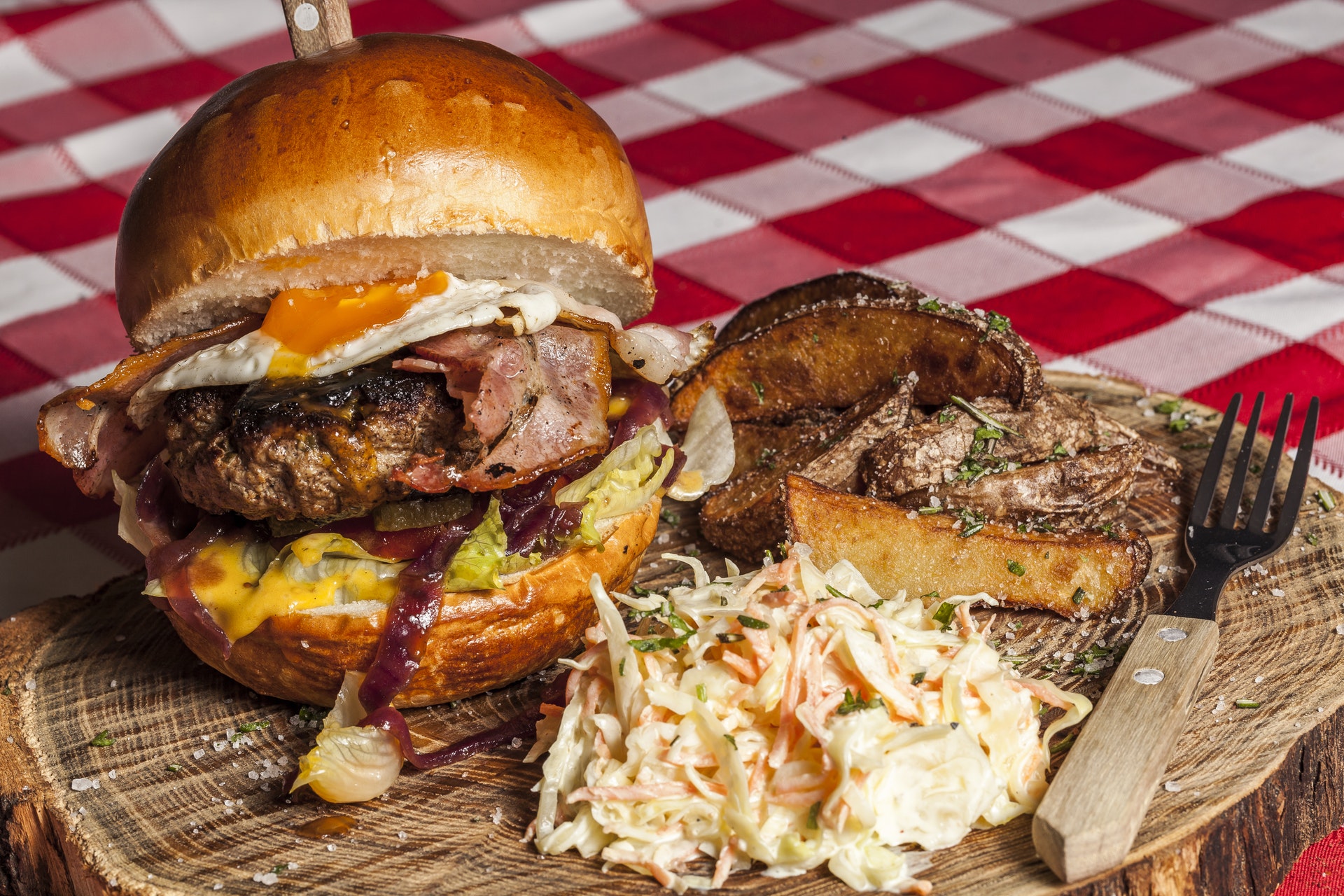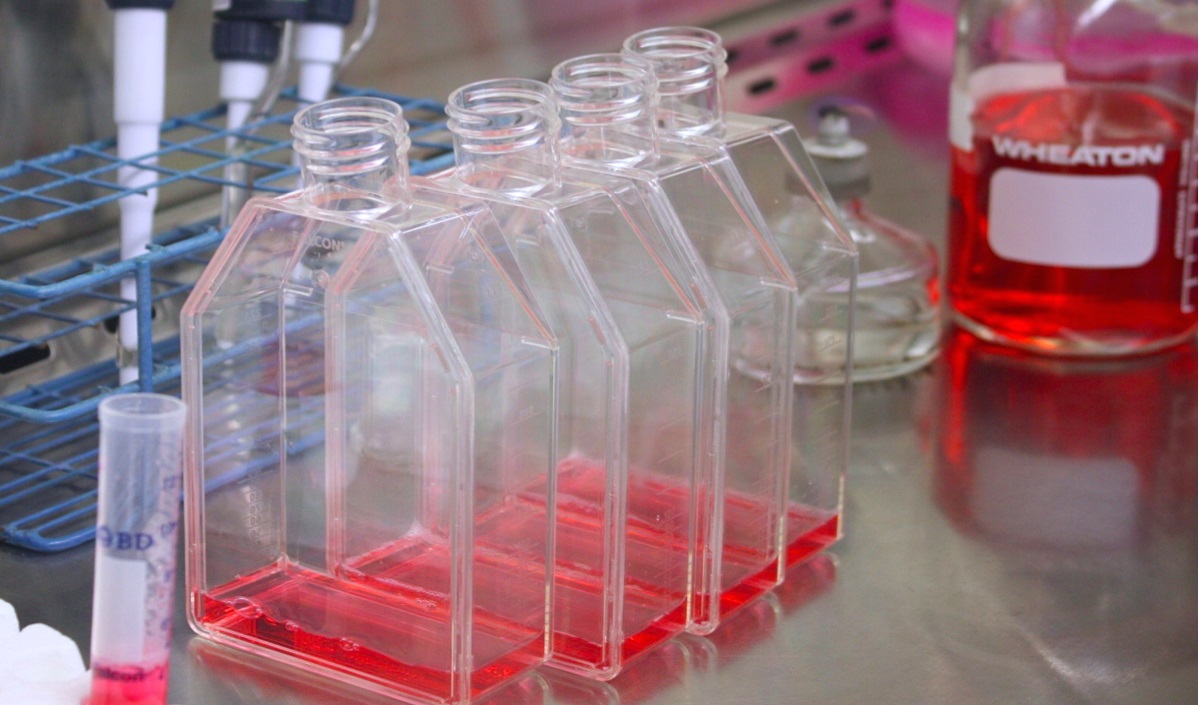So after our previous piece introducing Clean Meat I got in contact with Paul Shapiro, author of the Washington Post bestseller book Clean Meat: How Growing Meat without Animals Will Revolutionize Dinner and the World, to get an even more accurate answer to some of the more specific questions I still had on the matter. We also discussed something quite critical that I’ll get to after the questions.
Paul is one of the worlds leading experts on Clean Meat having actually tasted it as early as 2014. He’s spoken at numerous TEDx talks and published hundreds of articles on the matter. He’s eaten an entire array of animal-free, cell grown foods ranging from yogurt to fish and more.
Table of Contents
A Quick Q And A
The below answers have been edited lightly for better context.
Q. Which company(s) do you think will be the first to market with Clean Meat? When is your best guess for a date?
A. Already Geltor has begun selling its clean collagen (for cosmetics, not food yet) and it seems like Modern Meadow is poised to start selling its clean leather Zoa very soon too. As for clean meat, JUST says it will have a sale before the end of 2018, so we’ll know within six months.
Q. How will the pricing compare to non-Clean Meat products? Do you have a relatively accurate idea of the $/kg price that you can share?
A. Israel’s Future Meat Technologies intends to have its costs down to only $5-10/kg within two years.
Q. Are companies focusing on pre-cooked, packaged meats (i.e. chicken nuggets, hot dogs etc) or fresh, uncooked plain meat that you can cook from scratch (eg. raw chicken breast, raw steak)?
A. So far companies are focused on producing ground meat rather than whole cuts of meat. In other words, think more about meatballs, chicken nuggets, hamburgers, hot dogs, and other ground meats.
Q. Will we see a whole range of Clean Meats straight away? Or are the companies focusing on a few particular types?
A. The field of Clean Meat is still so new that the sky’s the limit in terms of what might be possible. But at first I’d expect ground meat products that are like those we eat today. In the future though, perhaps there’ll be all types of clean meats available. After all, Geltor has already produced and eaten real mastodon collagen. That’s the first time any human has eaten mastodon protein in more than 10,000 years!
The Seeds Of Disruption

Continuing the discussion with Paul it became very clear to me that while all this news about Clean Meat is fascinating… there was something else big lying under the surface. The global meat and seafood market this year was worth $844 billion USD. What Paul and others are describing is a way to make these products with a fraction of the time and resources currently used.
If clean meat doesn’t become cost-competitive with conventional meat, it’s not really worth the effort. This isn’t about creating a niche product, but rather about solving pressing sustainability problems facing humanity. If it’s not able to become cost-competitive, it’s not a real solution. – Paul Shapiro
Think about it. On one hand you’re breeding and raising an entire animal, feeding it, caring for it, housing it, using up land for it, administering hormones or antibiotics and other medication a lot of the time, slaughtering it, cleaning the meat from the faeces, fat and other parts of the unwanted animal and more. We’re talking almost ridiculous levels of used and wasted resources here…
The water footprint of meat from beef cattle at 15,400 litre/kg on average globally is much larger than the footprints of meat from sheep (10,400 litre/kg), pigs (6,000 litre/kg), goats (5,500 litre/kg) or chickens (4,300 litre/kg). – The Poultry Site
With Clean Meat the process is orders of magnitude less resource intensive. According to JUST the main inputs in the process are:
Nutrients the cells need in order to grow, including water, sugar, amino acids, lipids, vitamins, and minerals.
While the process and scale of Clean Meat currently is obviously still in the labs, it’s pretty obvious to me that when it does get into main production the cost differences will be crushing to their competitors.
Analyst Tony Saba has noted that in his research throughout history, any time there is a 10x improvement or cost reduction in anything it always, always results in a disruptive event.
Not Just Meat, Technology

Cell culture flasks with muscle cells growing inside
With Israel’s Future Meat Technologies targeting the $5-$10/kg mark by 2020 I wouldn’t be surprised to see them get there even producing meat on a small scale. Beyond this price this new technology is just that – a technology – it allows it to use one of the main advantages of technology which is the amazing rate of improvement and cost reductions over time.
Scaling this up and relentlessly pushing the technology forward I can see the potential for it to be 10 or even 100 times cheaper than traditional meat products. All it would take is a new growing tweak that increases the growth speed, a new discovery that allows them to grow 2 or 10 times as many batches of meat from the same biopsy source.
While some of the costs might remain the same – packaging, shipping of the product – the way in which it is sold could also be changed given how much literally cleaner Clean Meat is. As it’s lab grown and free from many of the diseases traditional meat has, it has a longer shelf life. Who knows, maybe Clean Meat won’t be sold per kilo or pound… maybe it will be sold per 10 kilos or 10 pounds. Even then it could still be cheaper than a traditional kilo of meat!
Get Ready For A Fight

Disruption is never straightforward though. I expect the meat industry to put up a progressively bigger and bigger fight against this. If we look at the regular “encomberment disruption handling play book” I’d say it’ll go something like this:
- Make fun of the new thing initially while it’s new and super expensive
- Gradually become more aggressive towards it as popularity builds and costs decrease slightly <- CURRENTLY HERE NOW
- Flat out attack it, slander it, claim it’s unsafe/unnatural once actual products start to emerge at competitive prices
- Lobby heavily for it to be banned or labelled in a disadvantaged way as the products grow even more in popularity and the reality of severe disruption sets in
- Fail miserably at stopping the disruption but likely delay it by many years
- Go bankrupt / be bought out for a pittance
It will be interesting to watch it all play out over the next 5-10 years I think!
The benefits include: 1) How to get those silky smooth videos that everyone loves to watch, even if you're new 2) How to fly your drone, from taking off to the most advanced flight modes 3) Clear outlines of how to fly with step-by-step instructional demonstrations and more 4) Why flying indoors often results in new pilots crashing their drone 5) What other great 3rd party apps are out there to get the most out of your drone 6) A huge mistake many pilots make when storing their drone in the car and how to avoid it 7) How to do all of these things whilst flying safely and within your countries laws.





0 Comments